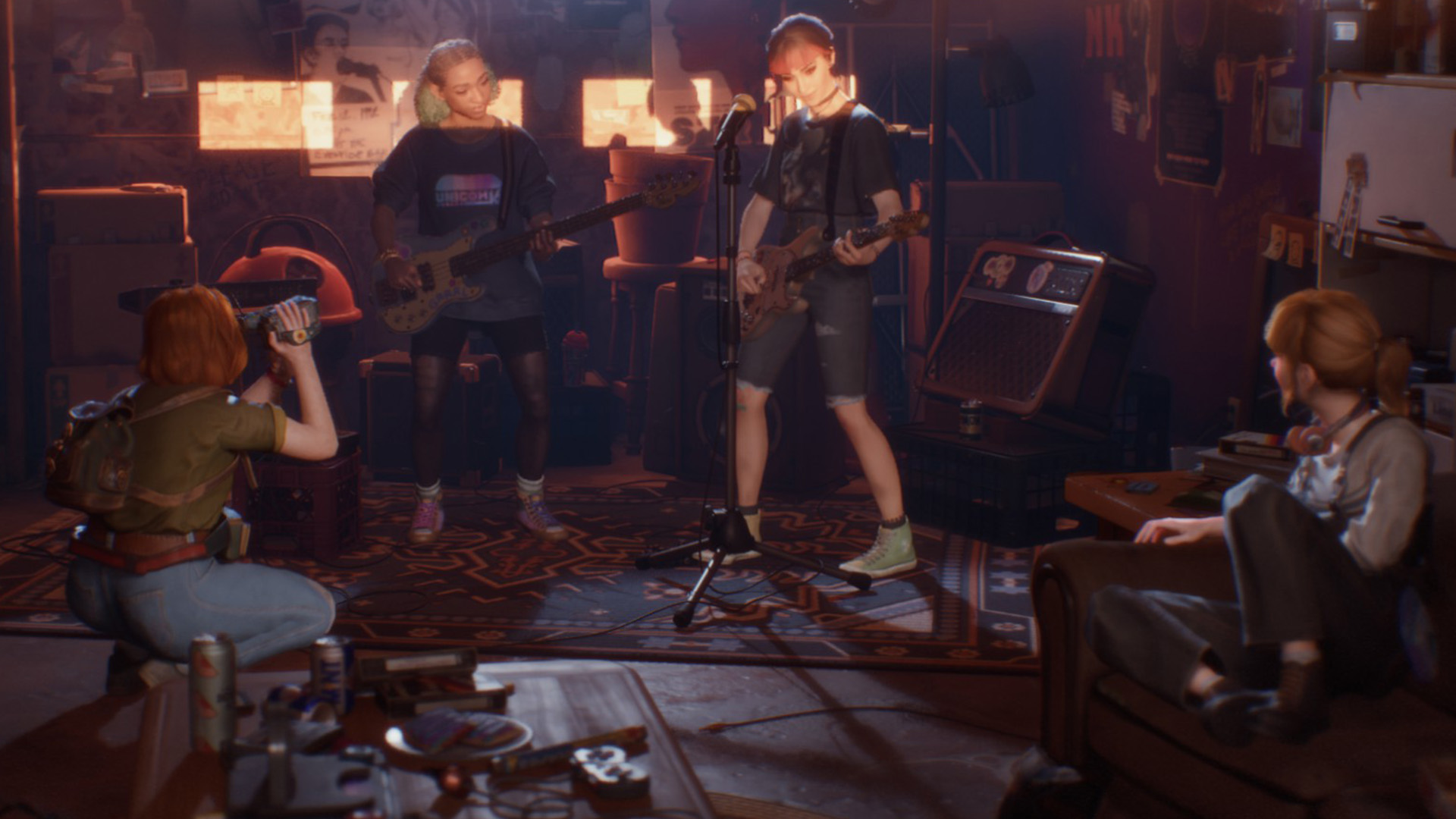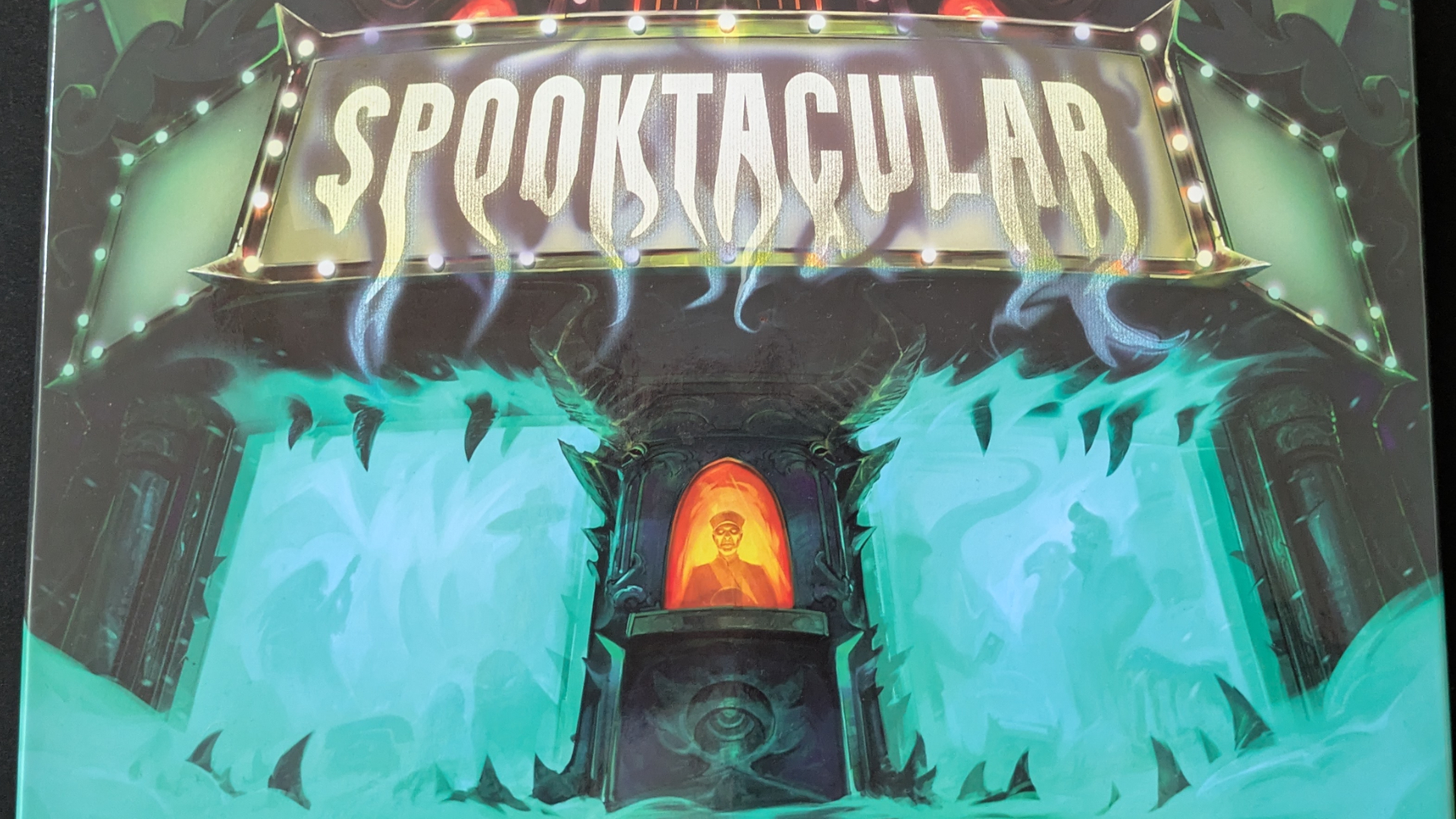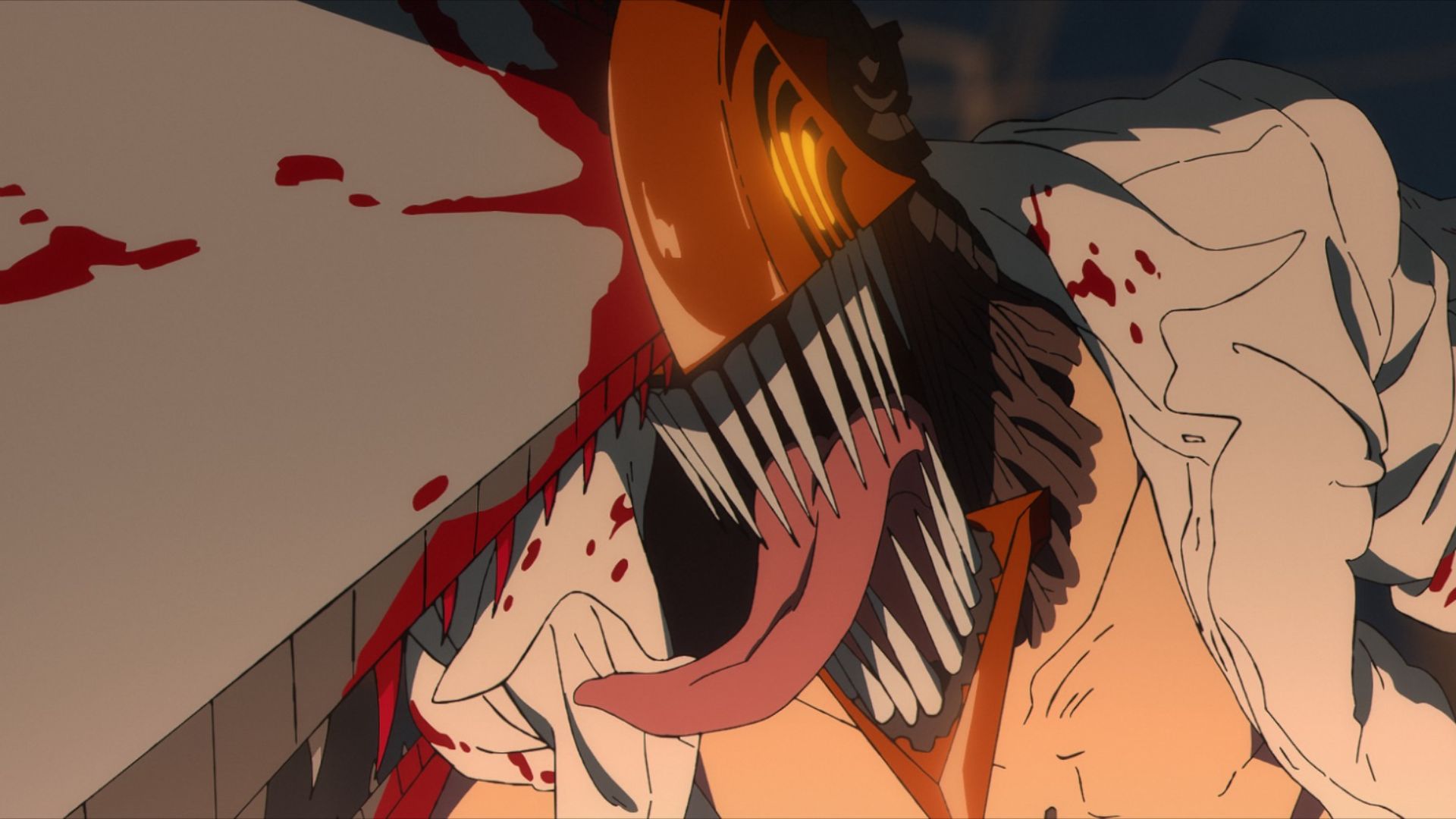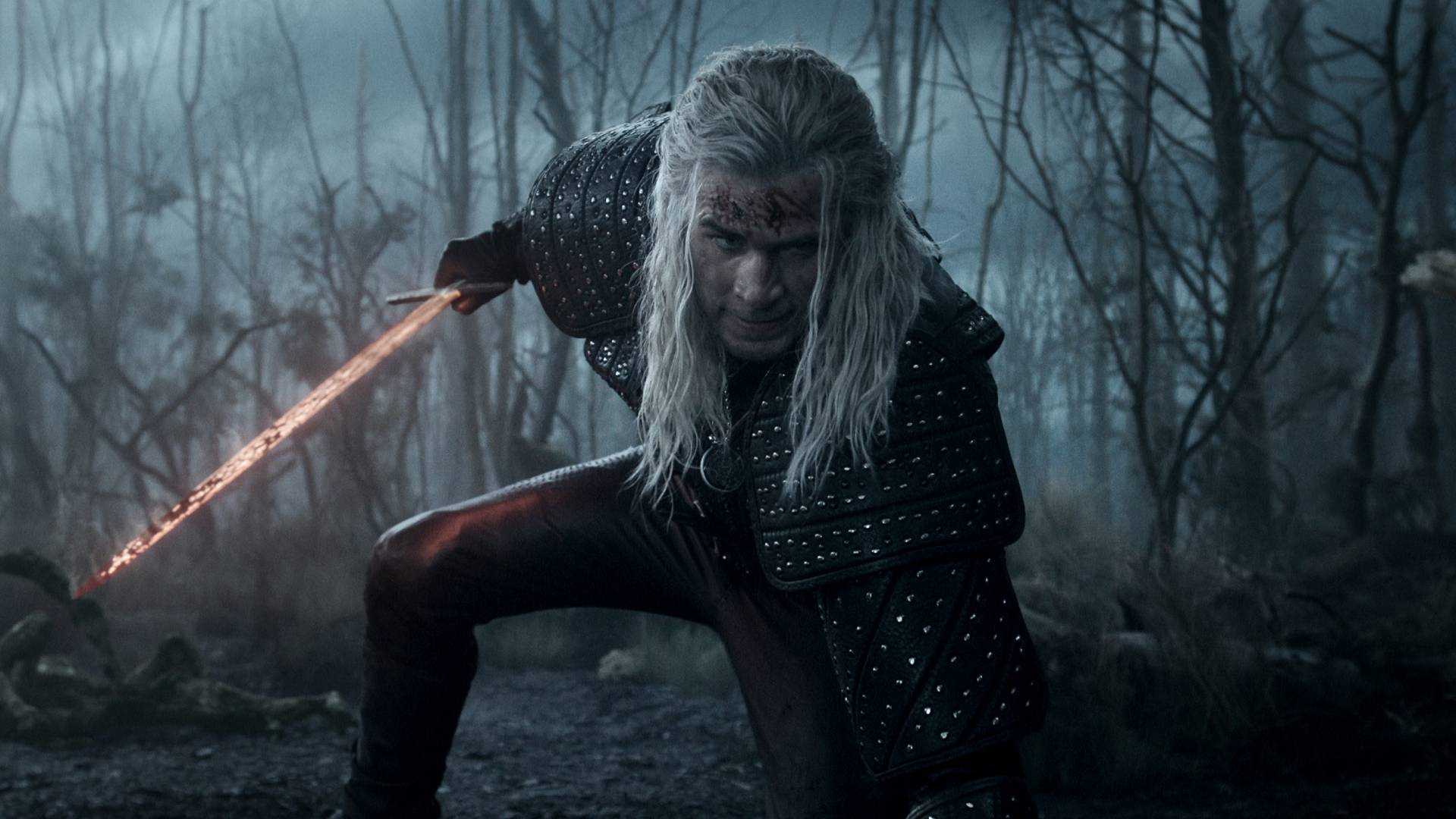GamesRadar+ Verdict
The first part of Lost Records: Bloom and Rage is a wonderfully sincere portrait of teenage girlhood. Don’t Nod has returned to, and evolved, a tried and true formula, and the result is a supernatural teen coming-of-age story that’ll spirit your heart away.
Pros
- +
Fiercely earnest story of girlhood with the joys and drama of being a teenager with a brilliant supernatural mystery thrown in
- +
Creating mini-films with the camcorder creates bursts of creativity but also acts as an important story device
- +
Deliciously lavish audio and visuals, this is a game where you want your graphic settings turned up to eleven
Cons
- -
Some camcorder sections occasionally checklisty
- -
Just part one – now we have to wait for more!
Why you can trust GamesRadar+
I had a lot of hopes going into Lost Records: Bloom and Rage – Tape 1. After not enjoying last year's Life is Strange: Double Exposure from Deck Nine, or clicking with Don’t Nod’s output for the last handful of years, I felt positive – and a little apprehensive – about the Life is Strange creator returning to the formula that made them so prolific.
But as the credits rolled, I was stunned. I don't just like Lost Records: Bloom and Rage, I love it. It hits all the right notes of a teen drama – love, friendship, and identity – in a fiercely sincere way. Its supernatural, Stephen King-style scares are played more abstractly than just 'teens with superpowers'. And, most importantly, its four teenage protagonists will absolutely spirit your heart away. Lost Records: Bloom and Rage –Tape 1, 'Bloom', feels like a complex, celebratory portrait of teenage girlhood, and if Don’t Nod can stick the landing in Tape 2, 'Rage', Lost Records is set to be a dazzling return to a tried and true blueprint that shakes up the narrative genre just as much as the original Life is Strange did back in 2015.
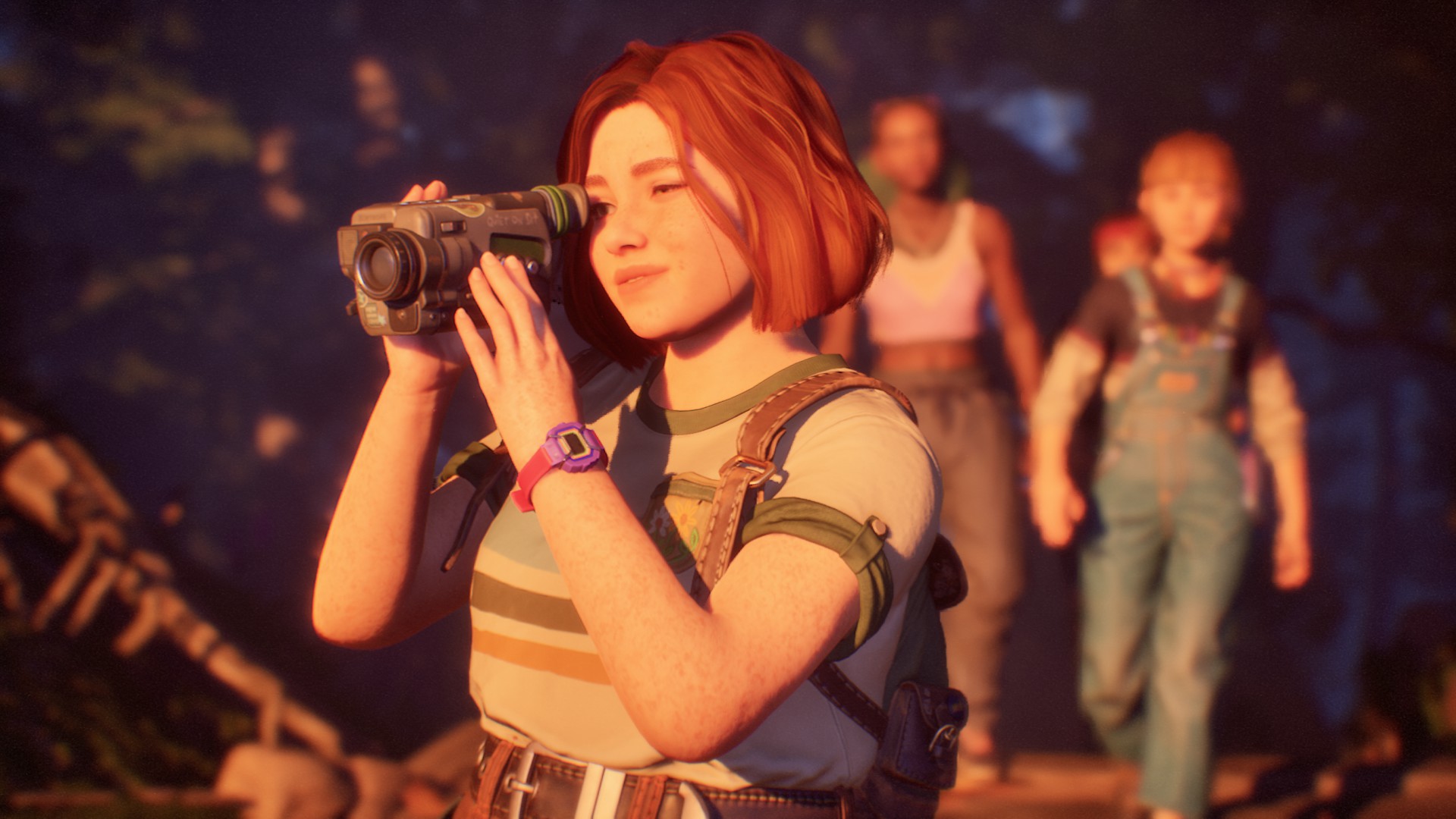
Release date: February 18, 2025
Platform(s): PC, Xbox Series X/S, PlayStation 5
Developer: In-house
Publisher: Don’t Nod
That's right, the "and" isn't just for show. Lost Records: Bloom and Rage is split into two 'tapes', the second of which will release April 15, 2025 – mimicking the Life is Strange episodic release schedule on a smaller scale. At the start of Tape 1, we meet the first of our teenage cohort. Swann is an awkward 16-year-old who is preparing to pack all her things into cardboard boxes for her family’s move to Canada. An aspiring filmmaker who always has her camcorder at hand, Swann is a bit of an introverted loner, that's until she meets fellow weirdos Autumn, Kat, and Nora. The girls form a quick friendship and the game follows their antics in the Summer of 1995.
This is one of two time periods, as we also play Swann in the ‘present’. Here, it's 27 years later and, after receiving a mysterious text from Autumn, the gang decides to meet in the town where their friendship began. Autumn explains that she received a mysterious package, a box plastered in newspaper, the words ‘To Bloom and Rage’ scribbled in Sharpie on the top. The women begin to retrace the past, stray comments foreshadowing a mysterious event that their teenage selves promised to never talk about again.
As we play Swann in ‘95, the framing device means the women will chip in with comments and narration from the 'present'. Jumping between these two timelines creates a perfect sense of looming drama and mystery. Something happened that Summer, and as the girls thrash out to punk anthems in band practice, make goofy music videos, and play truth or dare in their hideaway, you're always aware that it'll all come apart at the seams. We all know 'best friends forever' can be a silly teenage sentiment, but the mystery as to why creates a palpable mix of emotions to experience through play.
Teenage dream
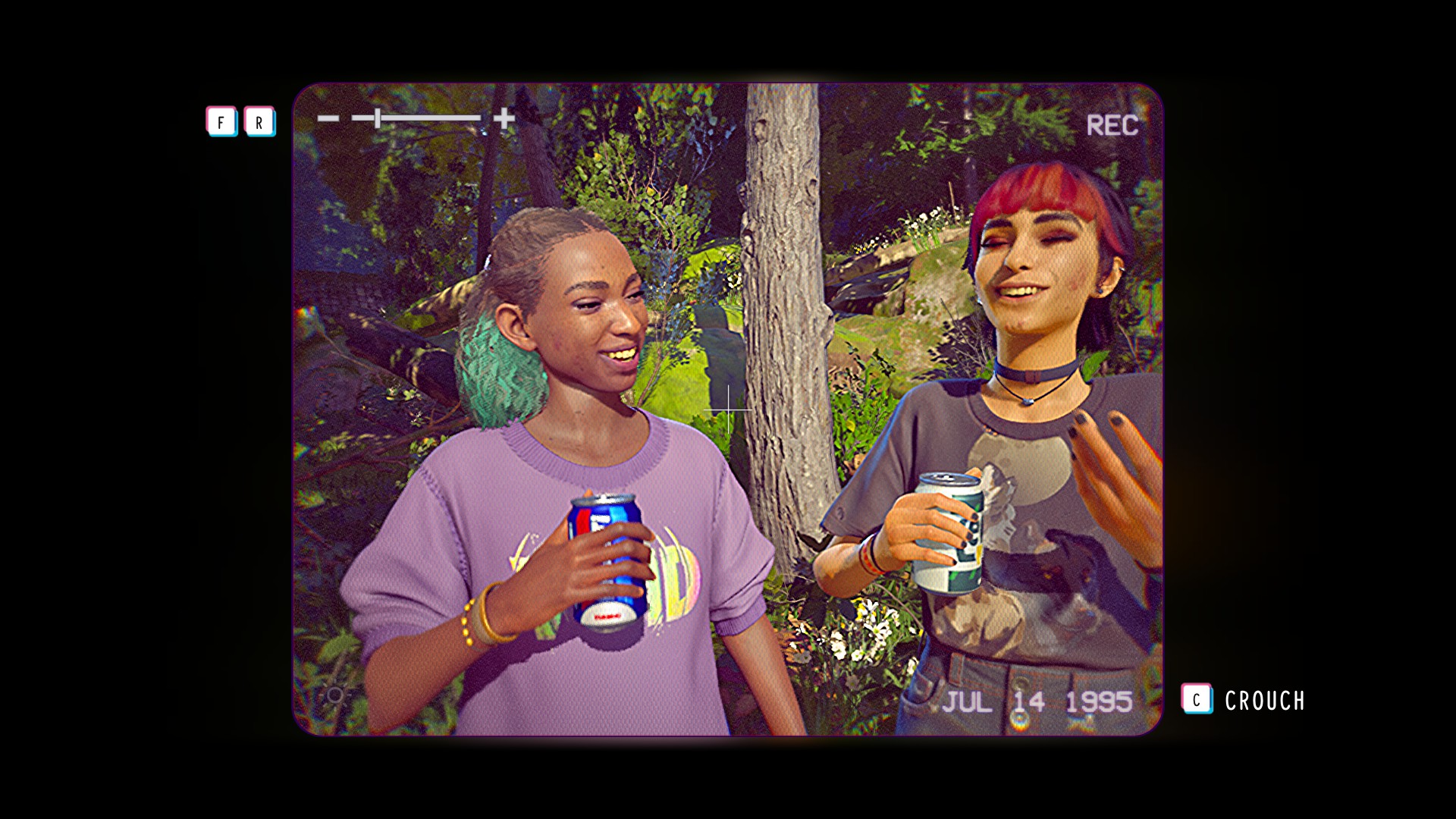
I'm a big fan of teen drama and something vital in the genre is that the characters come across as, at minimum, likable. It's all too easy for angst to veer into being annoying. Lost Records: Bloom and Rage is worlds away from this problem. Swann, Autumn, Nora, and Kat are all incredibly loveable, and throughout the game, you really get to know them well.
It's one thing knowing each of the girl’s likes and dislikes but I feel like I understand their personalities, their morals, and dreams. Autumn is level-headed, empathetic, and gives great advice; Nora is a goofy dreamer who’s always out for a good time and a loveable wimp; and Kat is curious, headstrong, and a risk taker. Finally, Swann is a sweet, shy, and loyal friend and painfully awkward in a way that's all too relatable.
Weekly digests, tales from the communities you love, and more
The bond between the girls is strongly felt, so much so it constantly informs my decisions throughout the game – both small and big. When choosing snacks, I chose a brand of sweets Kat had mentioned she liked, I picked purple for our band’s banner because I knew it was Autumn’s favourite colour, and I decided to be honest with Nora about not knowing any bands because I knew she wouldn’t shame me, and she didn’t! She was excited to tell me her favorite punk rockers.
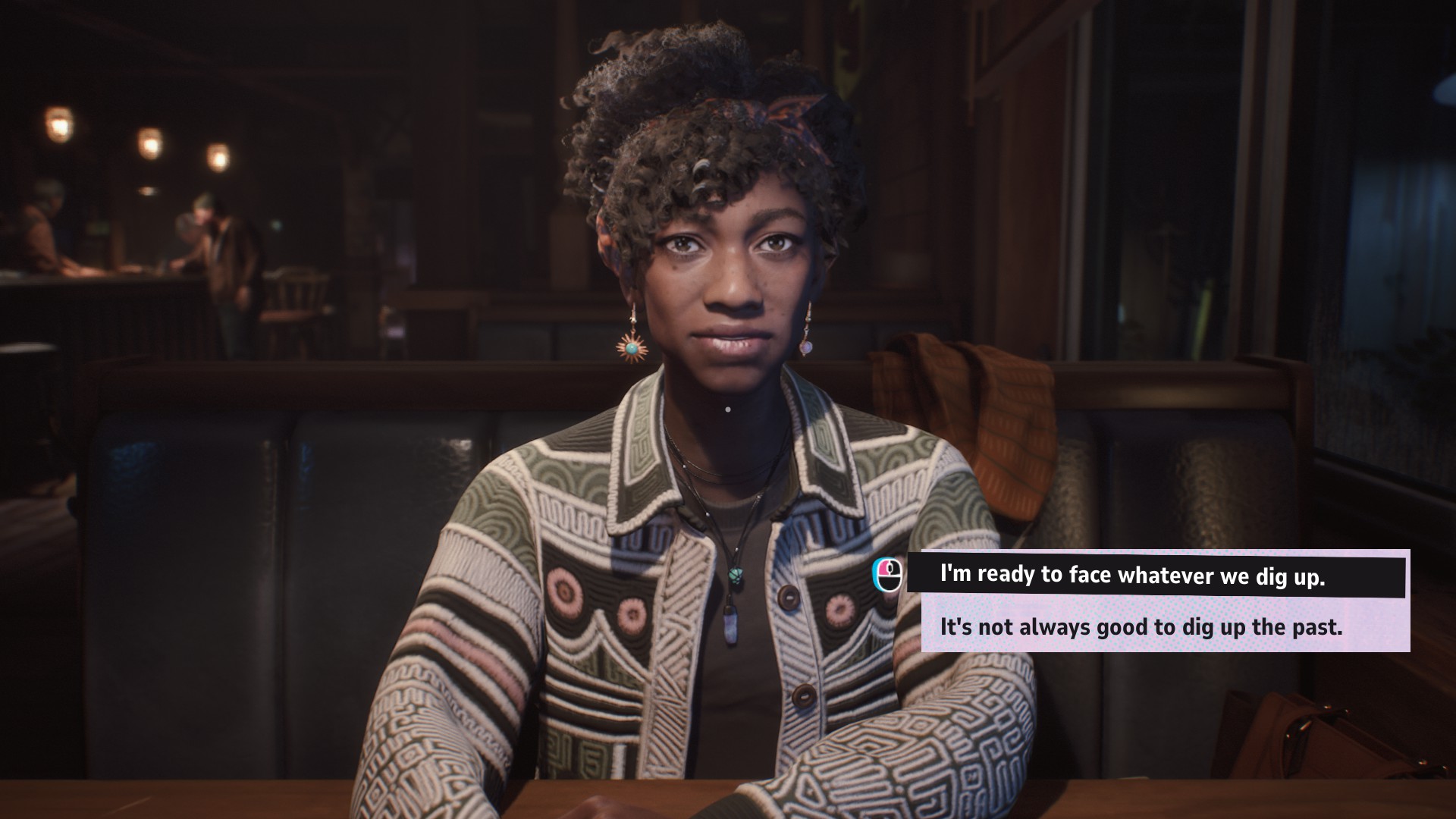
I felt a deep care and affection for each girl, and it’s astonishing Don’t Nod accomplishes that feat. There’s a friendship system where choosing certain answers will improve your relationship with each girl, but nothing is ever seen as ‘bad’. Even when you get a 'negative' outcome it’s never done in a way that makes you feel awkward – the girls are always super nice and goofy about it. You can show romantic interest in Autumn, Nora, and Kat too if you’d like, but it’s all lighthearted.
In Life is Strange, you were presented with lots of options but many of them felt inconsequential to the rest of the story. Here I feel like every choice has much more impact, even the smaller decisions. Roleplaying as Swann feels naturalistic, and it's because of all the intricate groundwork Don’t Nod has laid out letting you get to know her as a person.
The portrait of Swann is so well drawn that I end up feeling comfortable enough to choose bolder dialogue options for her, instead of staying silent (which is a viable option) – I wanted to let her voice be heard. Helping her come out of her shell was so heartwarming, it was almost like I was coaxing out my younger, more awkward self.
Sweet 16
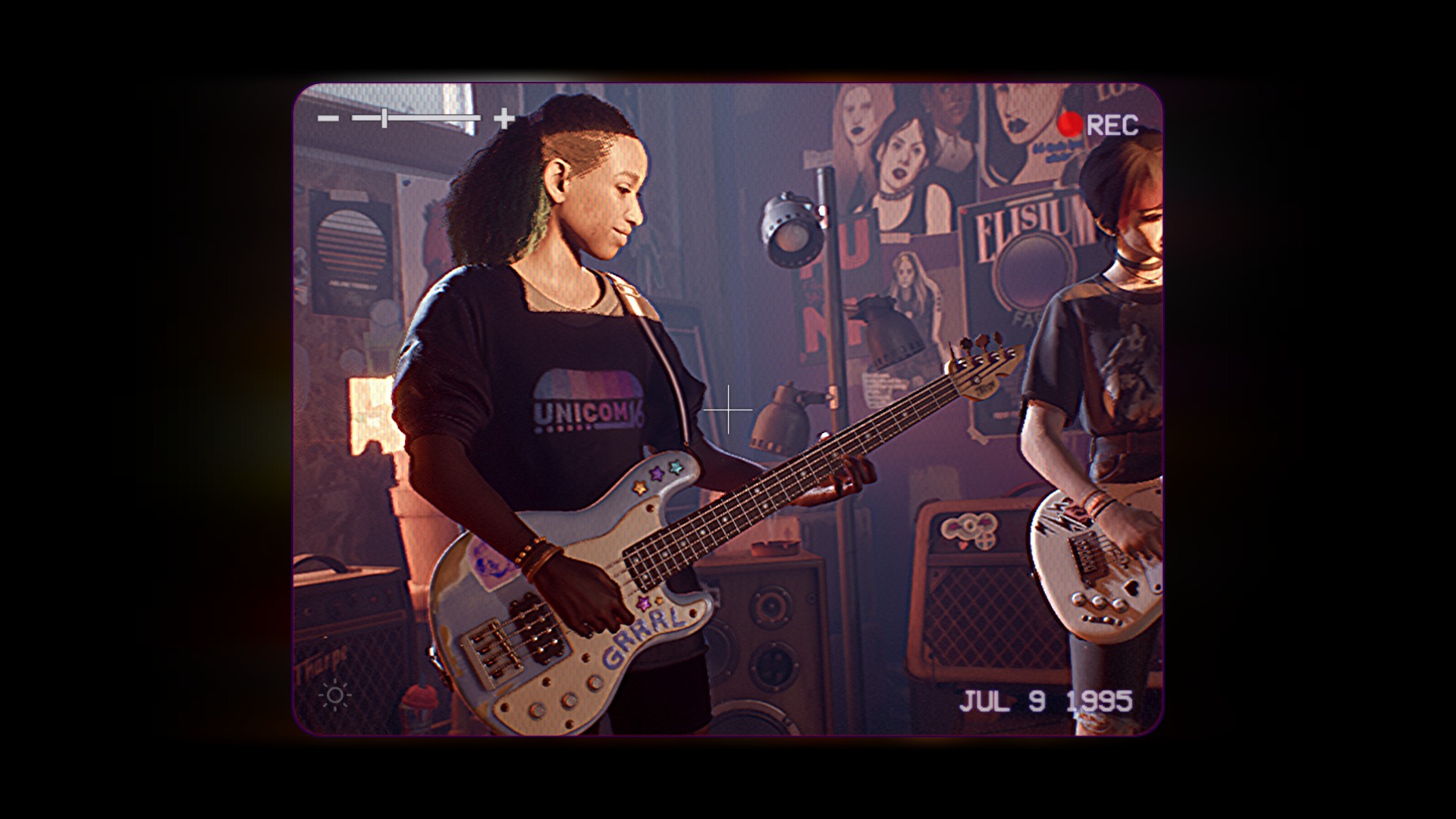
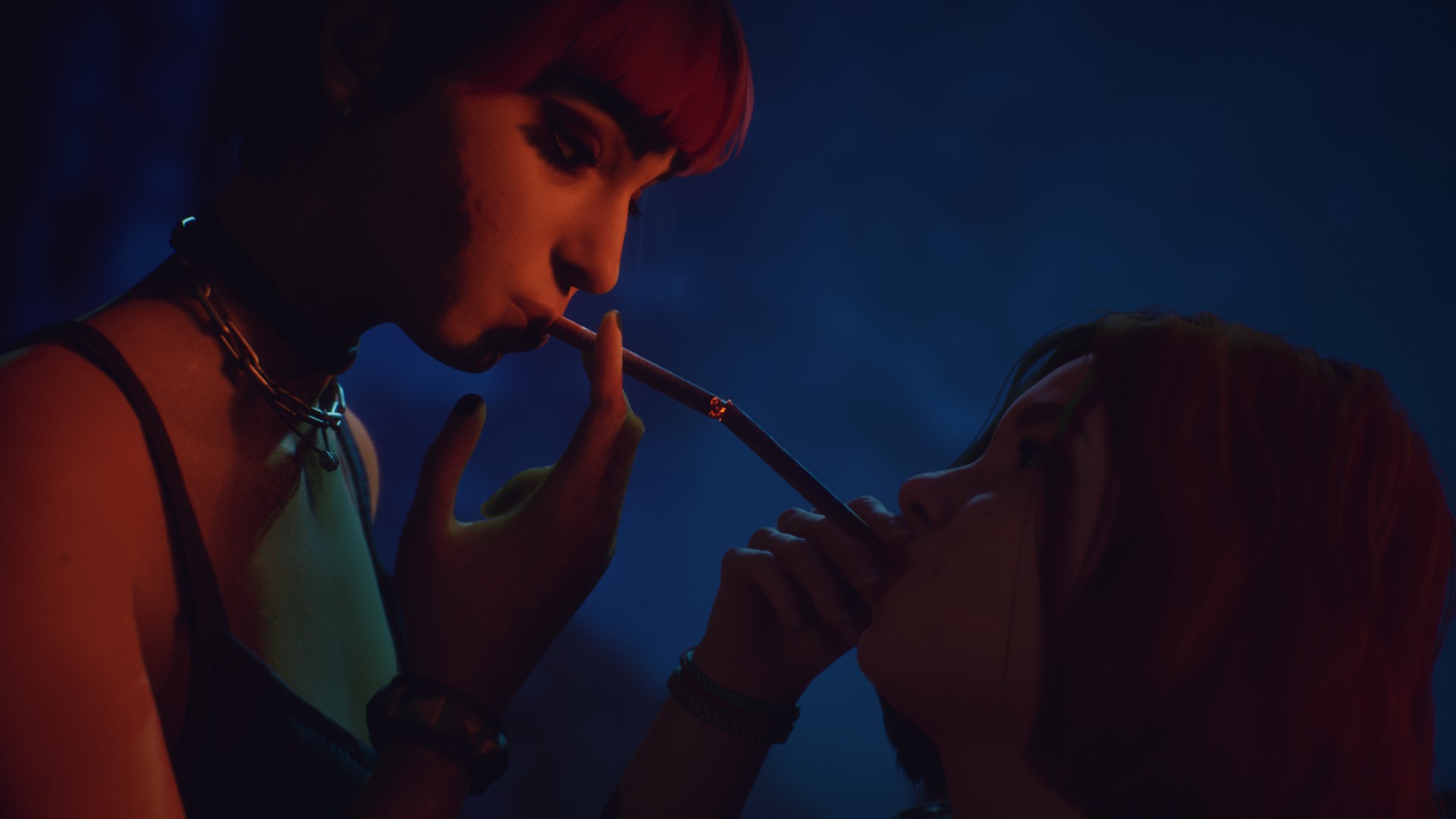
Fab pop-punk anthems and lo-fi throwbacks score Lost Records. One standout, 'See You in Hell' is performed by the Nora Kelly Band in real life, and written by Kat in-game (with some help as the girls chime it). It's a teen angst banger.
In true Don’t Nod fashion, you can really dive into the details of the story by looking at a wonderful array of items in each scene. There are also plenty of moments for subtle unspoken storytelling. Pick up Swann’s school notes and it's covered in doodles halfway down the page presumably because she got bored during her Art History class. Her room feels like a historical artifact, a perfect snapshot of a 16-year-old's room in the 90s. It’s chock-a-block with horror books but peek under her bed and you'll find a hidden romance book, as if she's embarrassed. The audio is wonderful too – grab a medicine bottle and you can hear the pills rattle around inside, or hear the crunchy wrapper of a granola bar.
The game subtly pushes you to engage with these objects, like how Autumn wants to borrow a book, making you check out the books on Swann’s bookshelf looking for it. During band practice, Nora asks you to find her a guitar pick hidden in one of her VHS tape boxes inviting you to rummage through her stuff. Each explorable area is small, but packed with items to look at if you want a proper snoop sesh. It’s the Don’t Nod tactic of telling a story through the intimacy of objects, and the great detail on show this time around makes everything feel truly like a part of the whole rather than mere set dressing.
So far so Life is Strange, even if Lost Records revels in the details to a greater extent. But poking around isn't the only way you interact with Lost Records. There's also Swann’s camcorder. Don’t Nod’s protagonists have always had their own way of viewing the world, Max in the first Life is Strange with her Polaroid camera, and Sean's sketchbook in Life is Strange 2. Swann’s camcorder is her outlet, and it becomes yours too. Using her camcorder, you can film snippets of the environment around you and then jump into an editor to pick your favourite clips and order them how you like. The game prompts you to make these mini-films and seamlessly guides you through the process. When you’re done you can watch back your creations. It’s a wonderful creative outlet for both Swann and you as the player.
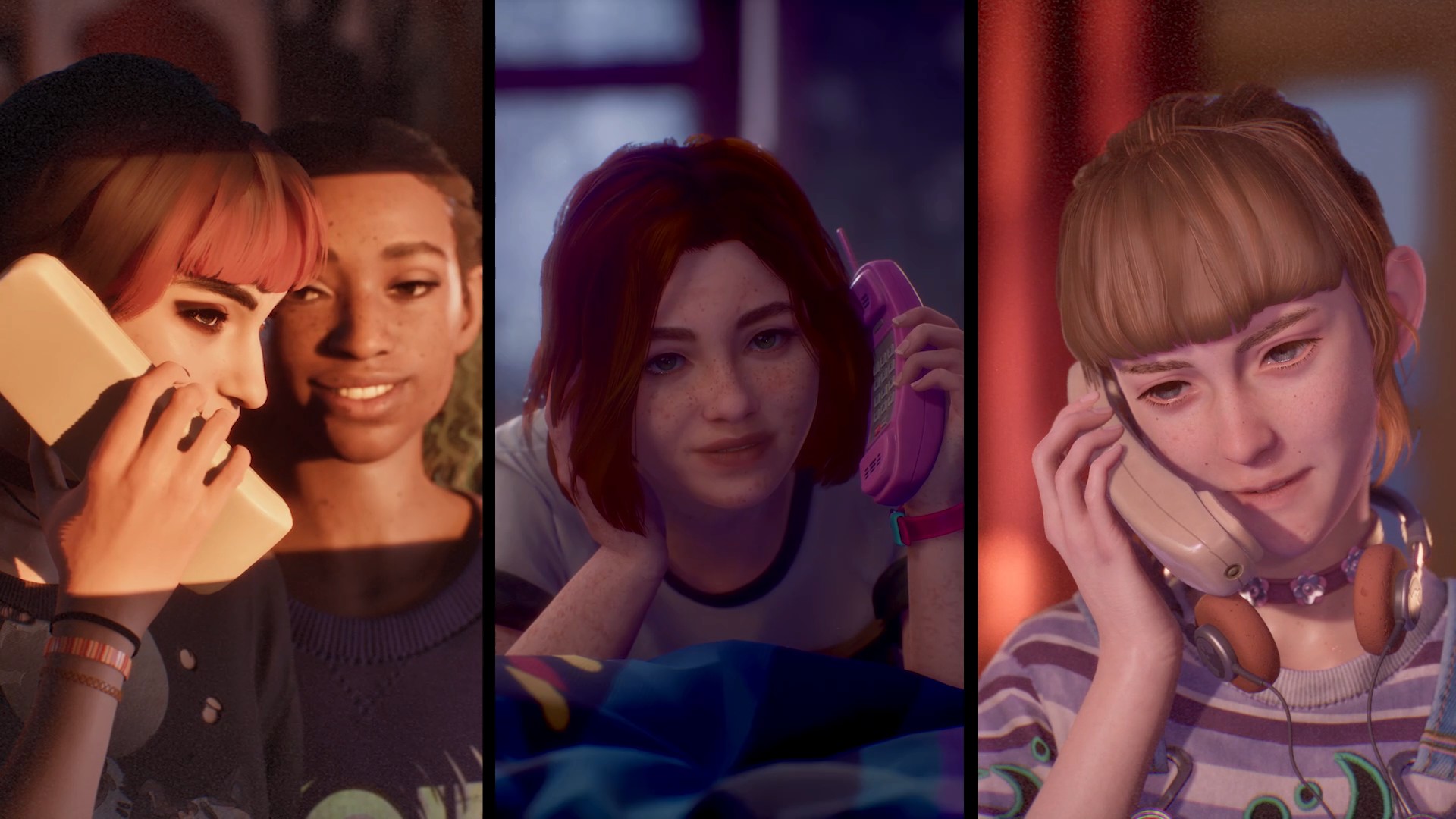
These bursts of creativity feel fun to mess around with, and the result is a handful of audio-visual portraits of places and moments in time. It’s a wonderful connection you make with Swann, as you share her enjoyment in making these films. It’s also a great way to appreciate the environment too. Often, details in games can get lost or overlooked, but here the details are the point – you’re actively looking for cool stuff to shoot, so you can really get all up in those details without having to interact with every single object. It feels like a true evolution of the concepts in Life is Strange, giving you more ownership over the protagonist's creative process.
It strengthens the bond between Swann and the gang too. You’re filming things that catch your eye for sure, but there’s also a collaboration between you and the girls. They're supportive of your dweeby hobby, giving you plenty of time to stop and record, not minding if you make them wait. They’ll call you over to record something cool or give you a countdown if they want something on camera so you don’t miss it. Nora wants you to capture her cigarette smoke rings on film, and Autumn (after some encouragement) is excited to show off her cartwheel. You’re not just capturing snippets of an environment, but documenting your friendship between the girls. It's giggling and kicking your feet levels of pure wholesomeness.
Video killed the radio star
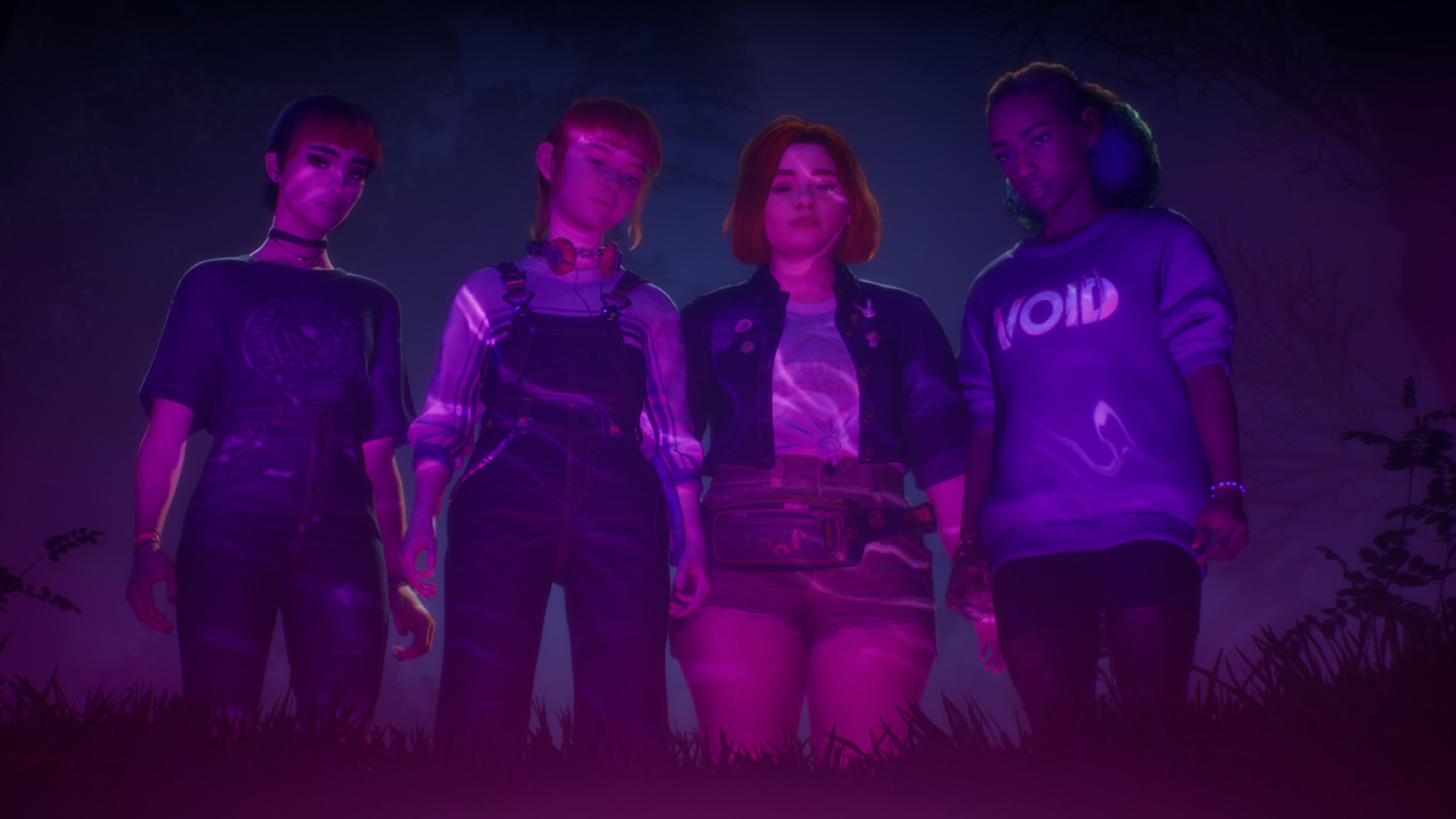
Swann’s camcorder is also a piece of the game’s supernatural puzzle. Present-day Swann and Autumn hint at some event as you play through the game’s first couple of hours, and you get to see the beginnings of what they’re referring to. No spoilers here, but the giant, ominous, gaping pit seen in the game’s trailer has, let's just say, much more presence in the game. As the teens stand at its edge, staring in, their faces bathed in purple light, it's an audio-visual cinematic event – a beautiful nightmare.
It's also incredibly unsettling in how the girls are almost coaxed into finding it, as if fate draws them to the pit whether they like it or not… but we'll leave that there. There’s an abstractness to the supernatural themes in Lost Records: Bloom and Rage, which is much more eerie than just the trope of teens with superpowers (looking at you, Life is Strange: Double Exposure). Swann’s camera also heightens the tension with strange glitches and purple interference affecting the camera and what’s recorded. It’s Stephen King, Blair Witch, and Yellowjackets all rolled into one – delicious.
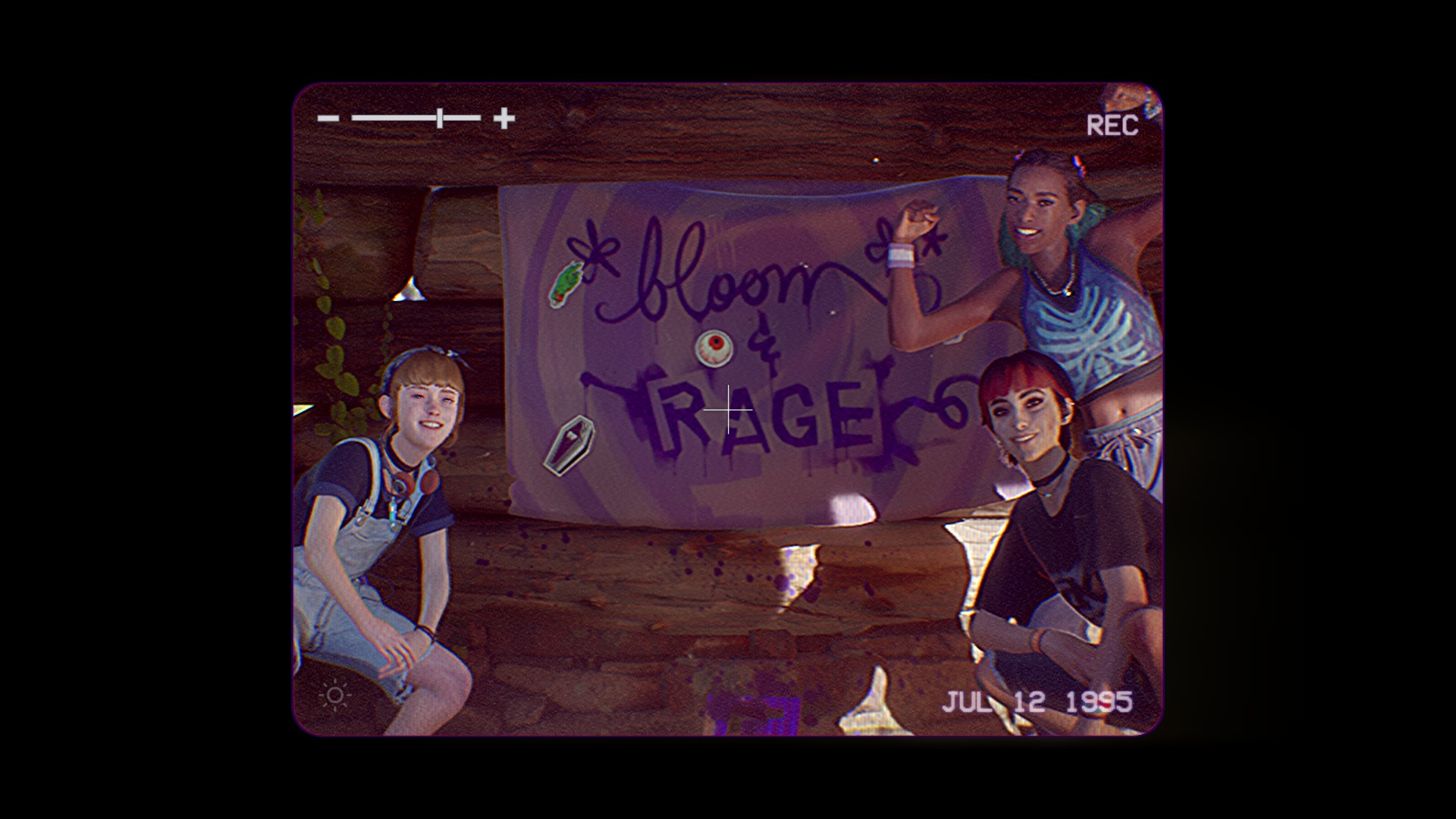
"Tape 1 isn’t just a set-up for the climatic finale of the game, it feels like its own distinct part."
It’s a supernatural mystery that’s introduced in this first tape, and a resolution I’m looking forward to in Tape 2. Yet, importantly, Tape 1 isn’t just a set-up for the climatic finale of the game – it feels like its own distinct part. I’m hooked by the supernatural mystery but I’m also hyped to learn more about the girls. I love how this first part really lays the groundwork for this group of teens, like a juicy first season of a TV show, in a way in which I’m emotionally invested in what happens to them.
They're planning a future with each other, chatting about what trips they want to go on together, and sharing their hopes and dreams. It’s so wonderfully sincere. While the quality of storytelling here is on par with some of the best teen dramas, how Lost Records emphasizes its interactivity is spectacular. All the micro-choices and the ever-present camcorder add constant depth, setting a high bar for the episodic narrative storytelling the first Life is Strange already planted its flag in.
I’m blown away by Lost Records: Bloom and Rage – Tape 1, and if this continues into Tape 2, Don't Nod will have totally captured the core essence of its most iconic series, blossoming into something new and brilliant.
Lost Records: Bloom and Rage was reviewed on PC, with a code provided by the publisher. Tape 2 will release 15 April, 2025.
Looking for another captivating narrative? Then turn the page to find out our picks for the best game stories.
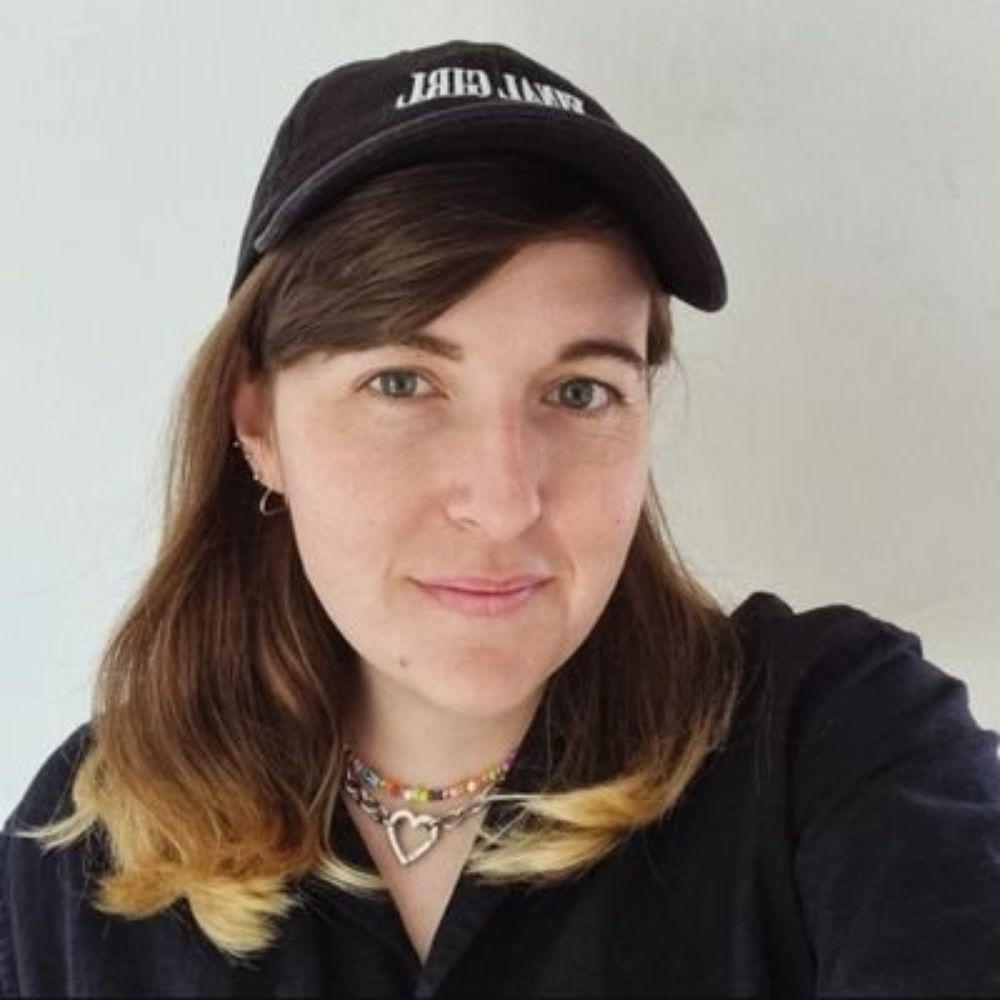
Rachel Watts is the former reviews editor for Rock Paper Shotgun, and in another life was a staff writer for Future publications like PC Gamer and Play magazine. She is now working as a freelance journalist, contributing features and reviews to GamesRadar+.
